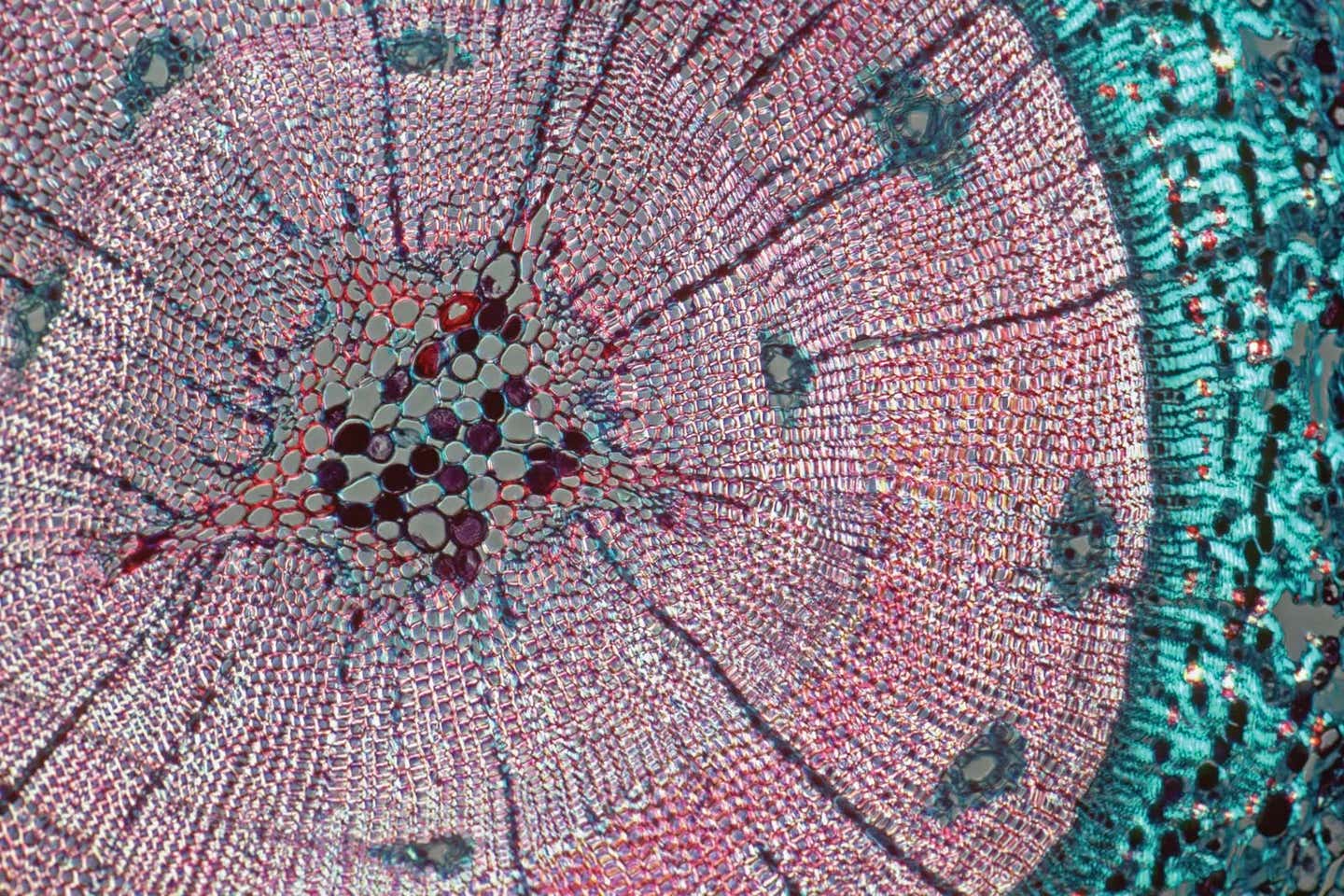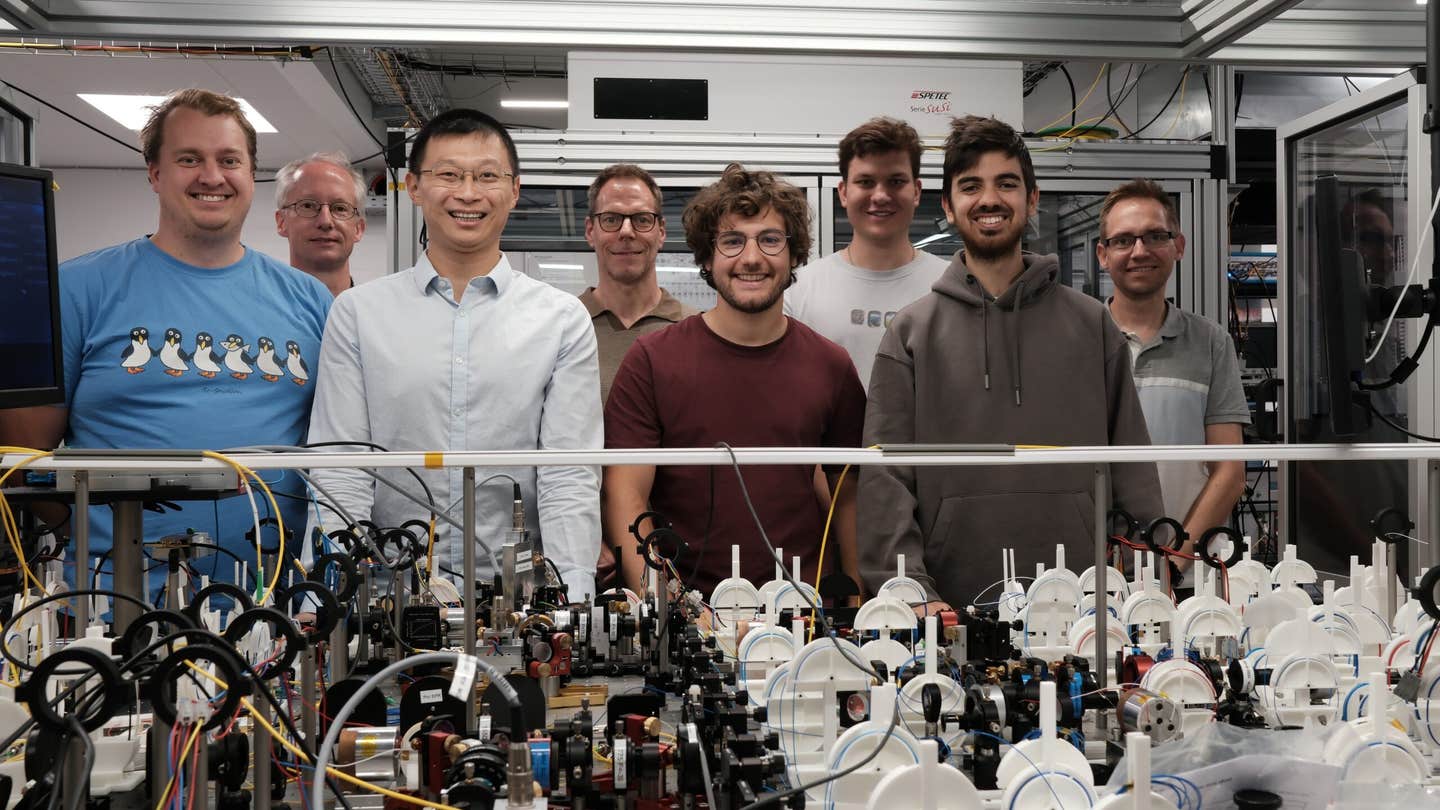Global first: AI tool predicts how proteins work in cells and tissues
Newly developed AI tool, PINNACLE, predicts protein functions in cells and tissues, which we can use to develop more effective medications.

Cells and Tissues. Understanding how proteins behave in different environments could revolutionize our knowledge of their roles in health and disease. (CREDIT: Britannica)
Understanding the behavior of proteins requires placing them in the right context, much like how a fish's movements are vastly different on land compared to in water. This analogy, often credited to computer scientist Alan Kay, highlights the importance of context in scientific investigation.
In the realm of artificial intelligence (AI), a new tool named PINNACLE is bringing this concept to life by analyzing proteins within the context of the tissues and cells they inhabit, a first in the field.
PINNACLE, developed by researchers at Harvard Medical School, is a significant advancement over current AI models, which typically examine proteins in isolation, without considering their surrounding cellular environments. By doing so, these models miss the complex interactions that proteins engage in within different tissues and cell types, limiting our understanding of their functions and malfunctions.
According to Marinka Zitnik, assistant professor of biomedical informatics at Harvard Medical School, “The natural world is interconnected, and PINNACLE helps identify these linkages, which we can use to gain more detailed knowledge about proteins and safer, more effective medications.” This model overcomes the shortcomings of existing context-free approaches and paves the way for more nuanced analyses of protein interactions.
The implications of this development are vast. Understanding how proteins behave in different environments could revolutionize our knowledge of their roles in health and disease. Additionally, it opens the door to identifying new drug targets, which could lead to more precise and effective therapies. Importantly, PINNACLE is accessible to scientists worldwide, offering a valuable resource for ongoing research.
One of the biggest challenges in studying proteins is untangling their interactions with neighboring biological molecules. Traditional tools provide critical insights into the structure and shape of individual proteins but fail to account for the broader context in which these proteins operate.
As a result, these tools produce representations of proteins that lack the necessary cell-type and tissue-type information, making it difficult to fully understand their functions.
Related Stories
Proteins, composed of twenty different amino acids, are fundamental to life. They are responsible for a wide range of biological functions, from transporting oxygen and contracting muscles to enabling digestion and fighting infections. The human body contains an estimated 20,000 to hundreds of thousands of proteins, each interacting with other proteins, DNA, RNA, and various molecules. These interactions form intricate networks that are essential for cellular function.
PINNACLE’s innovation lies in its ability to recognize that a protein’s behavior can vary significantly depending on the type of cell or tissue it is in. For instance, a protein might have one function in a healthy lung cell, another in a healthy kidney cell, and yet another in a diseased colon cell.
By understanding these differences, PINNACLE can decode the complex "cross talk" between proteins and predict how they will behave in various environments. This capability is crucial for identifying precise drug targets and developing therapies tailored to specific cellular contexts.
While PINNACLE does not replace single-representation models, it complements them by offering a more detailed analysis of protein interactions within different cellular contexts. This dual approach could help researchers better understand protein functions, uncover vital cellular processes, and shed light on disease mechanisms.
Zitnik emphasizes the importance of optimizing the drug discovery process, noting that it can take 10-15 years and cost up to a billion dollars to bring a new drug to market. The road from discovery to drug is fraught with challenges, with nearly 90 percent of drug candidates never reaching the market. PINNACLE’s ability to streamline the identification of druggable proteins and predict drug effects in different cell types could significantly improve the efficiency of this process.
To build and train PINNACLE, the research team used human cell data from a comprehensive multiorgan atlas, along with networks of protein-protein interactions and cell type-to-cell type interactions. As a result, PINNACLE can generate nearly 395,000 multidimensional representations, compared to about 22,000 produced by current models. Each of the 156 cell types in the model includes context-rich protein interaction networks involving around 2,500 proteins.
The potential of PINNACLE is vast, with the current number of cell types, tissues, and organs not representing the upper limits of the model. As more data becomes available, particularly from rare or difficult-to-study cell types like neurons, the model will only become more powerful.
Zitnik plans to expand PINNACLE’s cellular repertoire using a data platform that includes tens of millions of cells from across the human body, ensuring that the tool continues to evolve and provide even deeper insights into protein behavior.
This leap forward in AI-driven protein analysis could significantly enhance our understanding of biology and accelerate the development of new, more effective drugs, ultimately improving patient outcomes and advancing the field of medicine.
Note: Materials provided above by The Brighter Side of News. Content may be edited for style and length.
Like these kind of feel good stories? Get The Brighter Side of News' newsletter.



